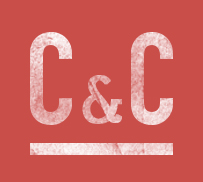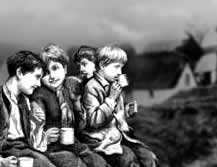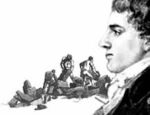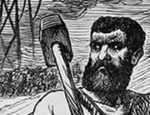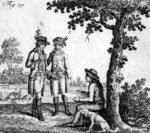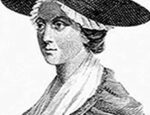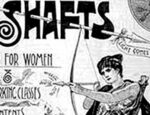Description
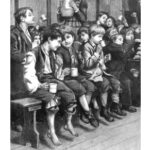 Meet the classically educated children of Wanlockhead, in Dumfries and Galloway, a lead-mining community and the highest village in Scotland. When Dorothy Wordsworth visited the area in August 1803, she, her brother William and Samuel Taylor Coleridge encountered three young boys.
Meet the classically educated children of Wanlockhead, in Dumfries and Galloway, a lead-mining community and the highest village in Scotland. When Dorothy Wordsworth visited the area in August 1803, she, her brother William and Samuel Taylor Coleridge encountered three young boys.
She wrote, “one carried a fishing-rod, and the hats of all were braided with honeysuckles; they ran after one another as wanton as the wind.” Soon the three “were joined by some half-dozen of their companions, all without shoes and stockings. They told us they lived at Wanlockhead, the village above, pointing to the top of the hill; they went to school and learned Latin, Virgil, and some of them Greek, Homer, but when Coleridge began to inquire further, off they ran, poor things! I suppose afraid of being examined.”
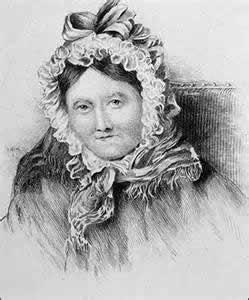 The apparently astonishing curriculum of the barefoot sons of leadminers turns out to have been no product of a childish imagination. Wanlockhead had a school by 1750, and by the time of Dorothy’s visit had a reputation for its excellent education. After her visit, for four decades the Minister of Wanlockhead Free Church, the Revd. Thomas Hastings, educated many working-class boys who went on to transcend their class origins to become lawyers, physicians, teachers and ministers.
The apparently astonishing curriculum of the barefoot sons of leadminers turns out to have been no product of a childish imagination. Wanlockhead had a school by 1750, and by the time of Dorothy’s visit had a reputation for its excellent education. After her visit, for four decades the Minister of Wanlockhead Free Church, the Revd. Thomas Hastings, educated many working-class boys who went on to transcend their class origins to become lawyers, physicians, teachers and ministers.
From 1756, the villagers of Wanlockhead also had access to their Miners’ Library, the second oldest subscription library in Europe after the one just down the road from it in Leadhills. Originally called The Society for Purchasing Books in Wanlockhead, it eventually housed more than three thousand volumes. Membership was not cheap, but just about affordable for a miner: the annual subscription was two shillings, and a miner earned nine or ten shillings a week.
